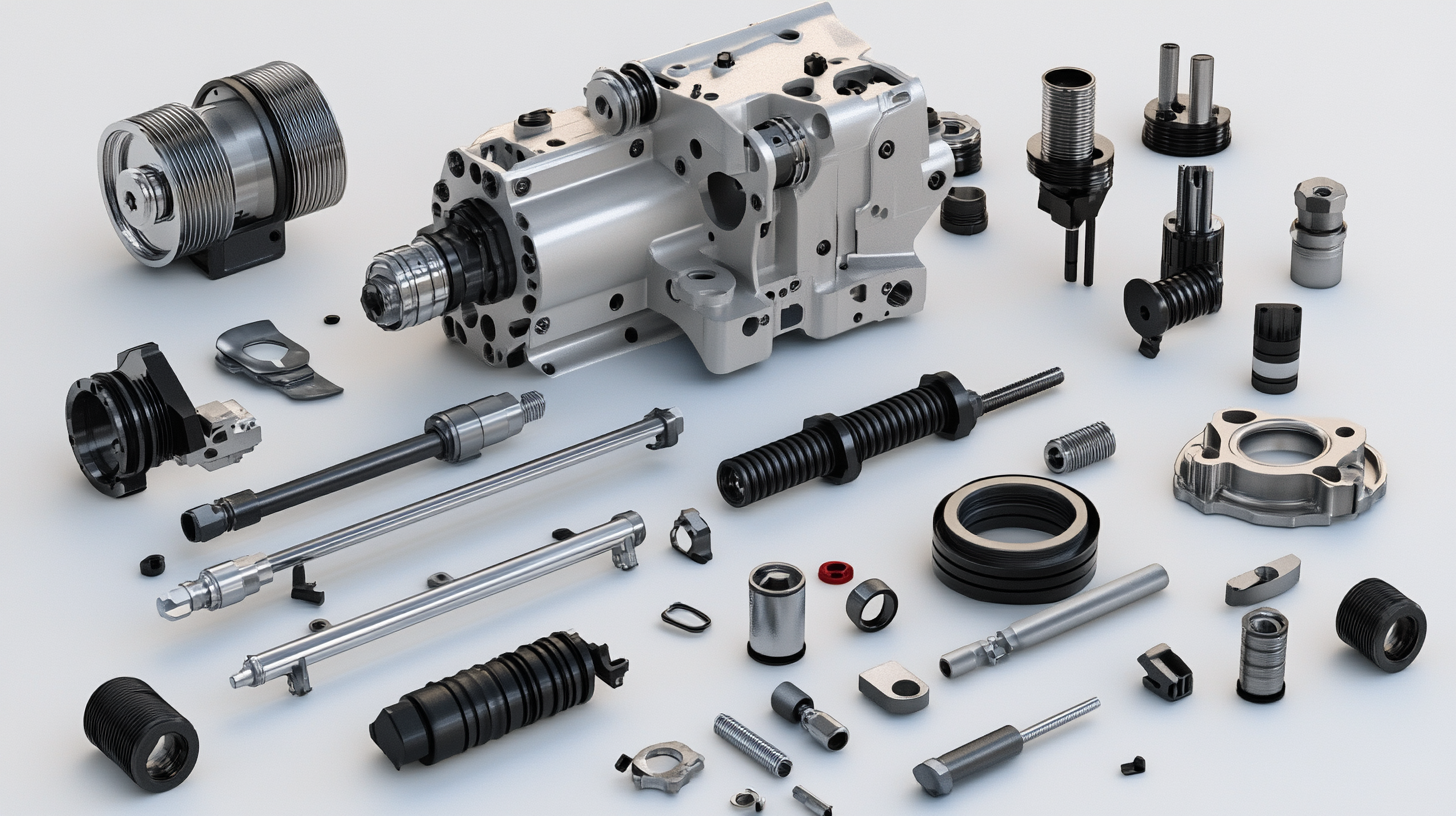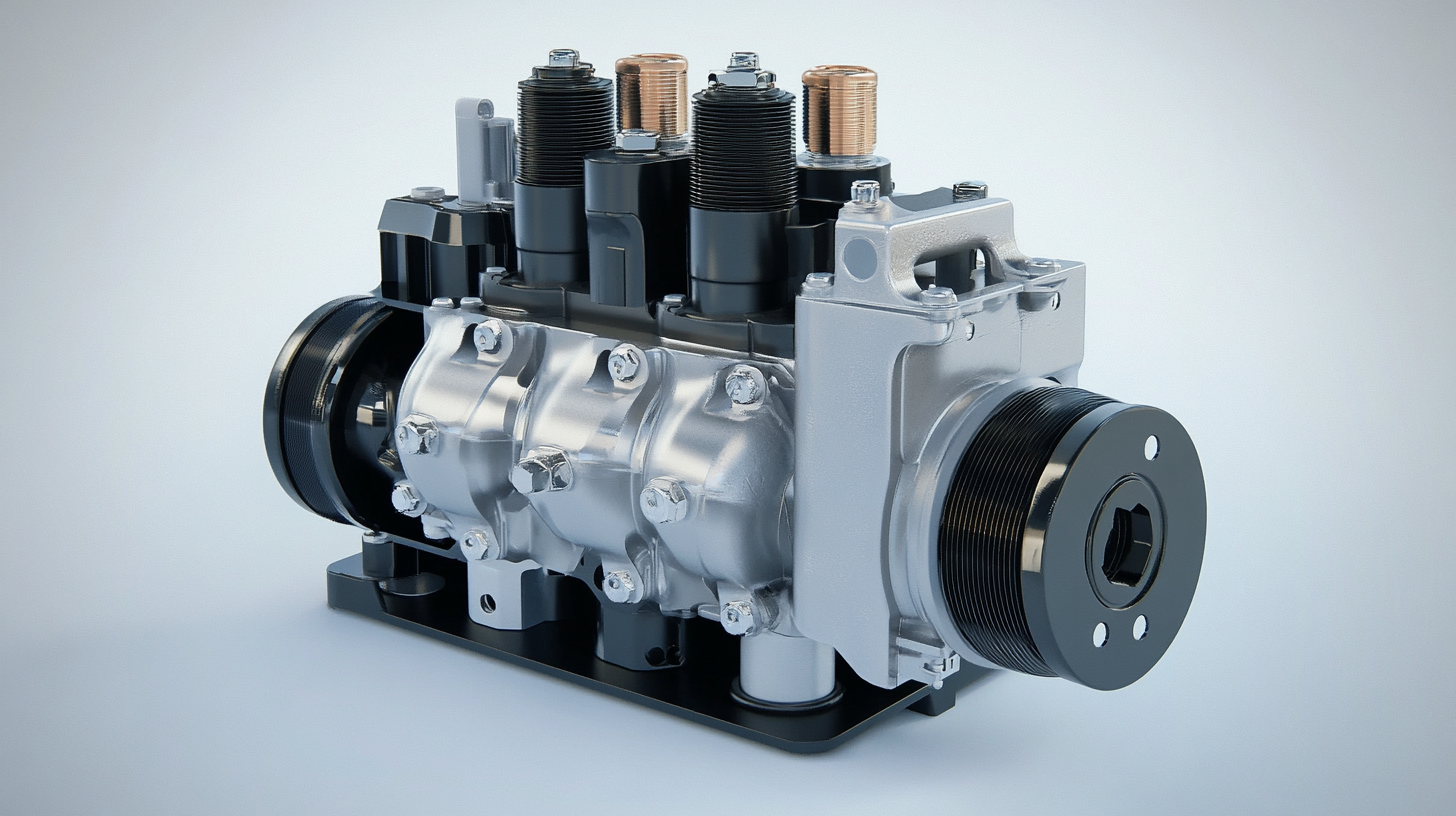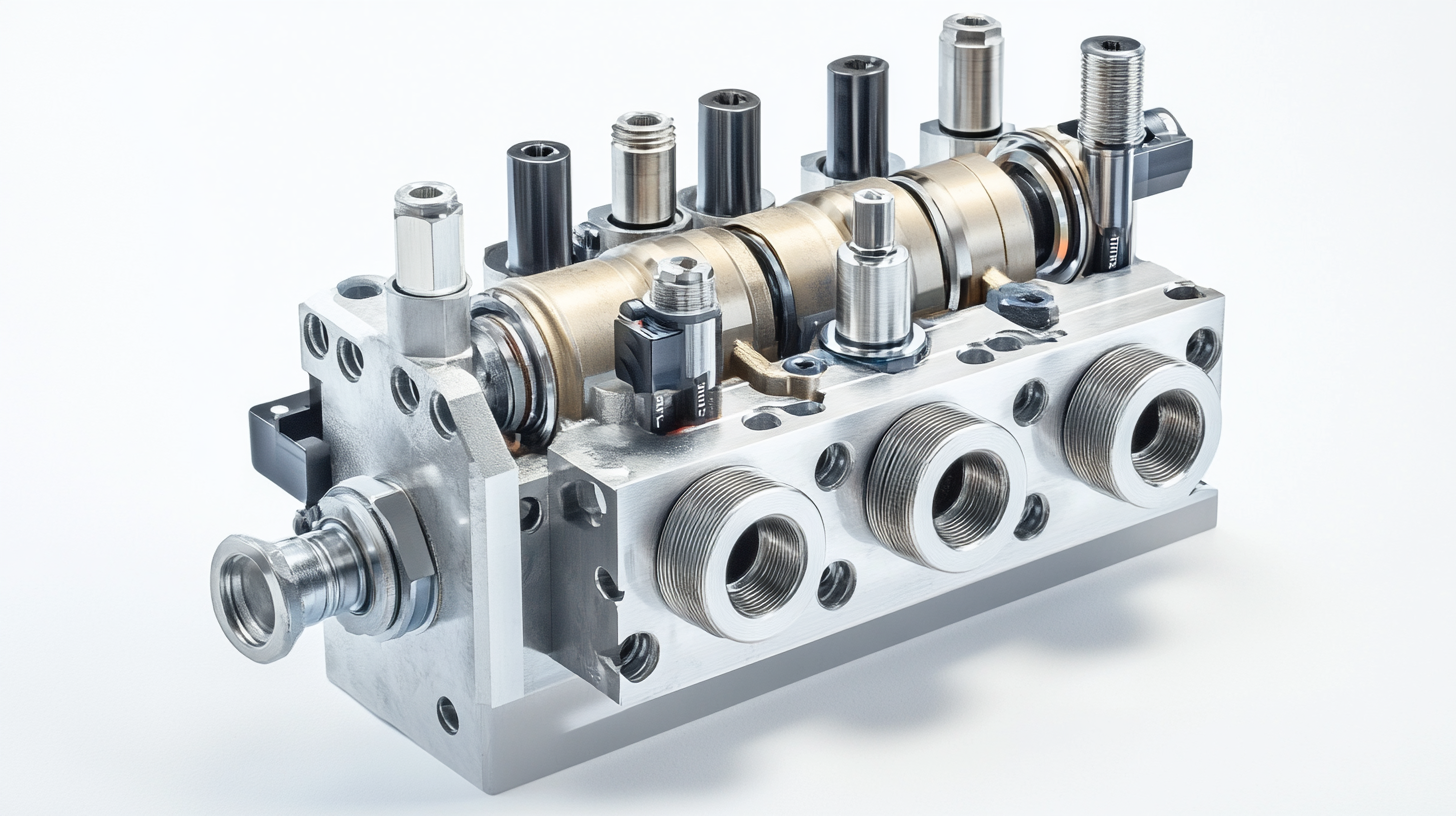- Our Products
- Repairs & Service
- Custom Design
- Blog
- About Us
- Resources
- Industries
- Contact Us
- Contact Bestrei UK
- Compliments / Complaints
- Global Supply
As the global demand for hydraulic systems continues to rise, understanding the vital components that comprise hydraulic pumps has become essential for buyers around the world. According to a market research report by MarketsandMarkets, the hydraulic equipment market is projected to reach $53.2 billion by 2025, growing at a CAGR of 5.7%. This growth highlights the importance of high-quality hydraulic pump parts in ensuring the efficiency and reliability of hydraulic systems across various industries, including construction, agriculture, and manufacturing. From the essential gear sets to seals and valves, each component plays a critical role in the functionality and longevity of hydraulic pumps. Thus, it is imperative for buyers to familiarize themselves with these key hydraulic pump parts to make informed purchasing decisions and optimize their operational effectiveness in an increasingly competitive global marketplace.

Hydraulic pumps are crucial components in various industries, converting mechanical energy into hydraulic energy. Understanding their key components can significantly enhance the efficiency and functionality of hydraulic systems. The primary elements of a hydraulic pump include the pump housing, the motor, the rotor or impeller, the inlet and outlet ports, and the seals. Each part plays a vital role in ensuring that the hydraulic fluid is effectively circulated through the system.
The pump housing serves as the main structure that contains all other components, providing stability and protecting them from external damage. The motor is responsible for driving the pump, creating the necessary pressure to move the hydraulic fluid. Meanwhile, the rotor or impeller generates the flow, converting rotational energy into hydraulic pressure. Additionally, the inlet and outlet ports facilitate fluid entry and exit, ensuring a seamless flow path. Lastly, seals are essential in preventing leaks and maintaining pressure within the system, contributing to overall operational efficiency. Understanding these parts not only helps in the selection and purchase of hydraulic pumps but also aids in maintenance and troubleshooting.
In the world of hydraulic systems, the gear set is a crucial component that directly influences the efficiency and reliability of hydraulic pumps. These gear sets are responsible for converting the mechanical energy produced by the pump into hydraulic energy, making them essential for the smooth operation of various machinery. A well-designed hydraulic pump gear set enhances flow characteristics and minimizes energy losses, leading to improved overall system performance.
Recent advancements in hydraulic technology are highlighted at industry events, such as bauma 2025, where manufacturers showcase cutting-edge innovations that incorporate advanced gear set designs. These innovations not only boost efficiency but also meet the evolving demands for durability and performance under varying operating pressures. For instance, research on the impact of rapeseed oil as a hydraulic fluid has revealed its potential benefits in enhancing the durability of hydraulic components like satellite motors, showcasing the importance of selecting the right materials and designs in the context of gear sets.
As global buyers seek reliable hydraulic solutions, understanding the role of gear sets becomes increasingly important. With a focus on efficiency and sustainability, adopting advanced gear technologies can pave the way for more robust hydraulic systems that cater to diverse applications, from automotive to construction machinery.

Seals and O-rings play a critical role in the performance and longevity of hydraulic pumps, which are essential components in various industrial applications. According to a report by MarketsandMarkets, the global hydraulic seals market is projected to reach $6.2 billion by 2025, driven largely by the increasing demand for efficient sealing solutions. The effectiveness of seals and O-rings in preventing fluid leaks not only enhances operational efficiency but also minimizes maintenance costs and downtime, contributing to the overall productivity of machinery.
The importance of material selection for seals and O-rings cannot be overstated. Different applications require specific materials that can withstand high pressures, temperatures, and aggressive fluids. For instance, fluorocarbon rubber (FKM) is often employed due to its excellent resistance to heat and chemical exposure. A study published in the Engineering Failure Analysis journal highlights that improper sealing can lead to catastrophic failures in hydraulic systems, resulting in losses amounting to millions. Therefore, understanding the characteristics and proper installation of seals and O-rings is crucial for global buyers looking to optimize hydraulic pump performance and ensure reliability in their operations.

Hydraulic pump valves play a critical role in ensuring the efficient operation of hydraulic systems across various industries, including construction and mining. Understanding the types and significance of these valves can enhance the performance and reliability of hydraulic applications. Three primary types of hydraulic pump valves include pressure relief valves, flow control valves, and check valves. Pressure relief valves help manage system pressure, preventing overloads that can lead to equipment failure. Flow control valves, on the other hand, regulate fluid flow within the system, allowing operators to achieve optimal functionality in different operational scenarios.
In the context of hydraulic systems, the presence of contaminants—such as dust, dirt, and moisture—poses a substantial challenge. Effective filtration and maintenance strategies are crucial in safeguarding hydraulic components. Industry reports indicate that contaminants can reduce efficiency and lead to increased wear on valves and pumps, significantly impacting overall system performance. As a result, global buyers must prioritize the selection of robust hydraulic valves that not only enhance hydraulic efficiency but also provide the necessary resilience against potential contaminants. Understanding these aspects will enable better decision-making when sourcing hydraulic pumps and components, ultimately leading to improved system reliability and longevity.
| Part Name | Description | Types | Importance |
|---|---|---|---|
| Hydraulic Pump | A device that converts mechanical energy into hydraulic energy. | Gear, Piston, Vane | Essential for generating flow and pressure. |
| Valves | Controls the flow and pressure of hydraulic fluid. | Check, Relief, Directional | Crucial for system control and safety. |
| Reservoir | Stores hydraulic fluid and allows air to escape. | Open, Closed | Maintains fluid availability and system pressure. |
| Filters | Removes contaminants from hydraulic fluid. | Suction, Return | Protects components from wear and damage. |
| Hoses and Fittings | Transport hydraulic fluid within the system. | Rubber, Steel, Braided | Essential for connectivity and fluid transfer. |
When it comes to maintaining hydraulic pumps, understanding their essential parts can significantly enhance their longevity and performance. Regular inspection of components such as the pump casing, shafts, and seals is paramount. These parts are often prone to wear and tear due to constant high-pressure operations. Regularly checking for cracks, corrosion, or signs of leakage can prevent more severe damage and costly repairs down the line.
Another critical aspect of maintenance is lubrication. Proper lubrication of the moving parts ensures smooth operation and reduces friction, which can lead to premature wear. Using the manufacturer-recommended hydraulic fluid is vital, as it is specifically designed to provide optimal performance and protection. Additionally, incorporating routine maintenance schedules to change the fluid and replace filters can keep the hydraulic system running efficiently.
Lastly, be aware of the hydraulic pump’s operating environment. Factors such as temperature fluctuations and exposure to contaminants can negatively impact its components. Keeping the surrounding area clean and ensuring proper cooling can mitigate these issues. By adhering to these maintenance tips, global buyers can prolong the life of their hydraulic pumps and enhance overall operational efficiency.
Bestrei UK has a strong footprint across Europe
United Kingdom, Ireland, France, Germany, Norway, Finland Sweden, Spain, Italy